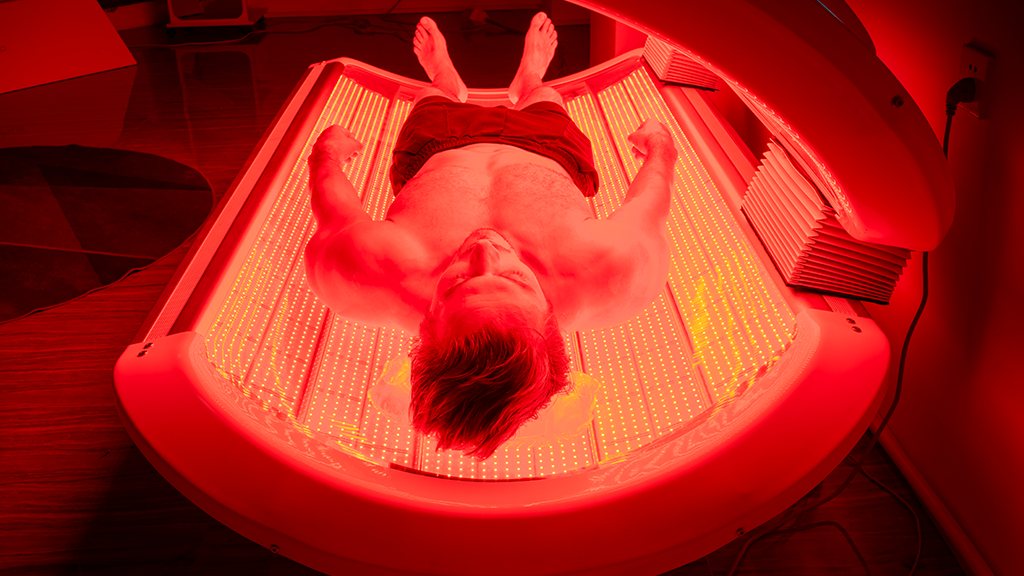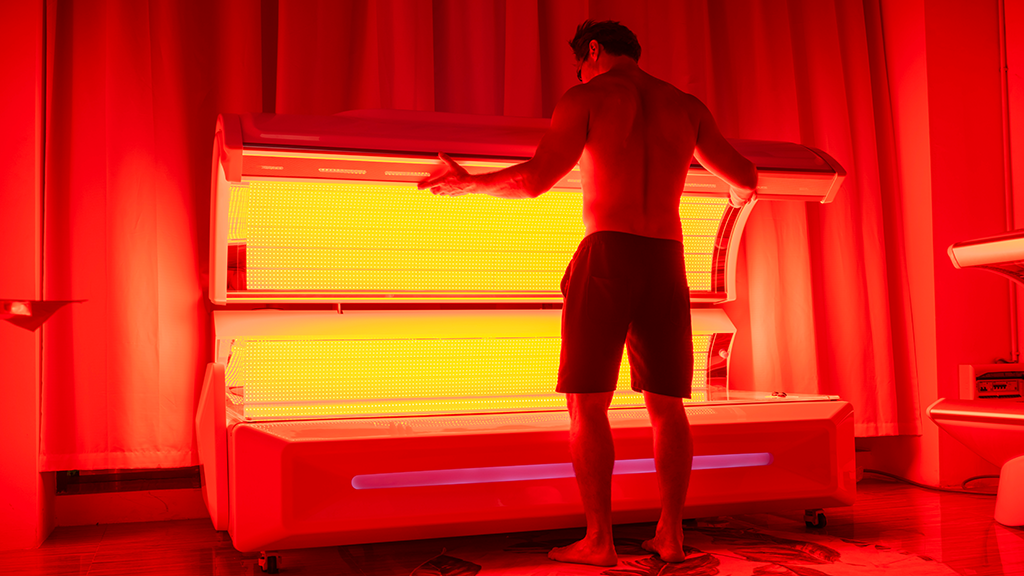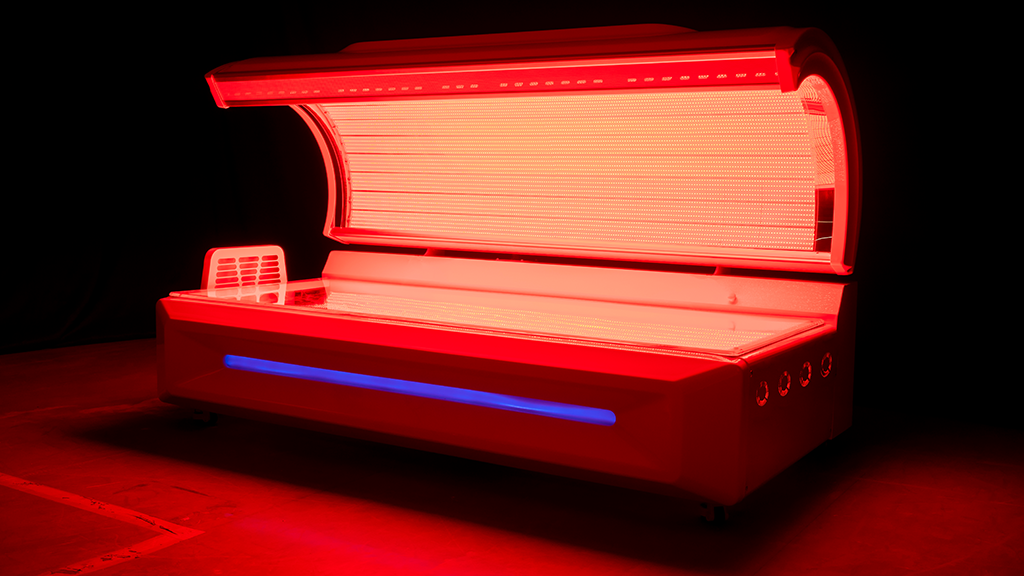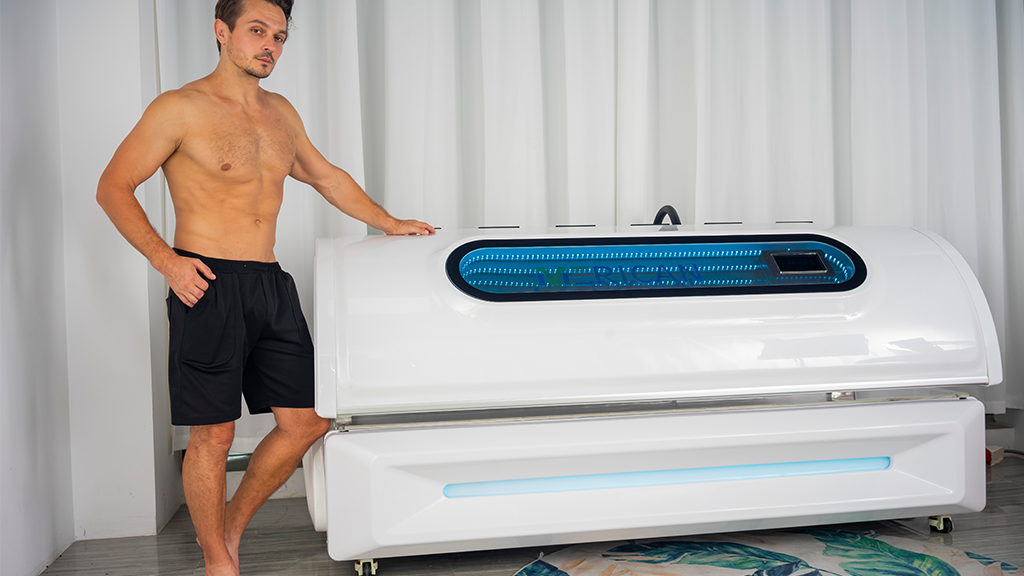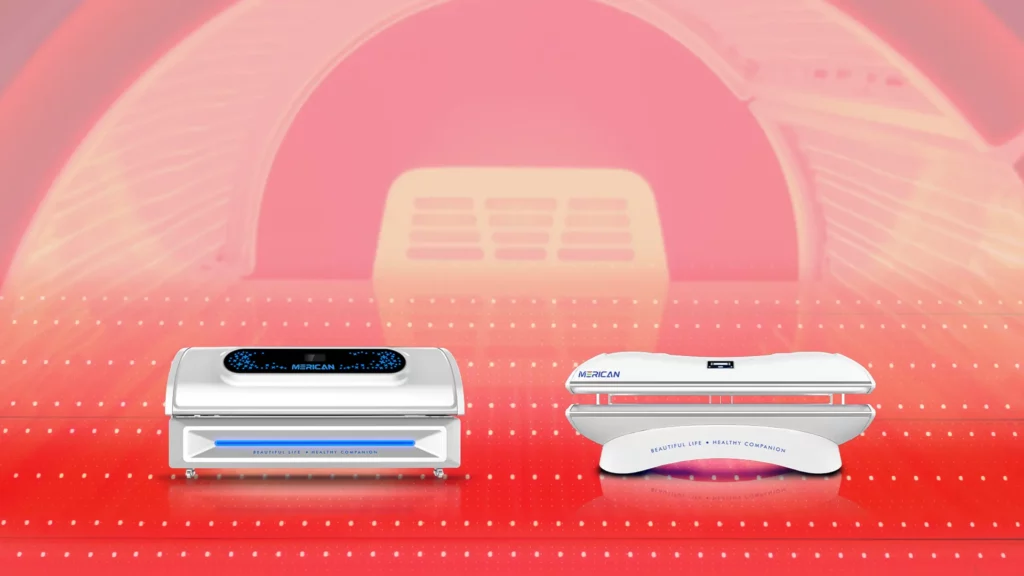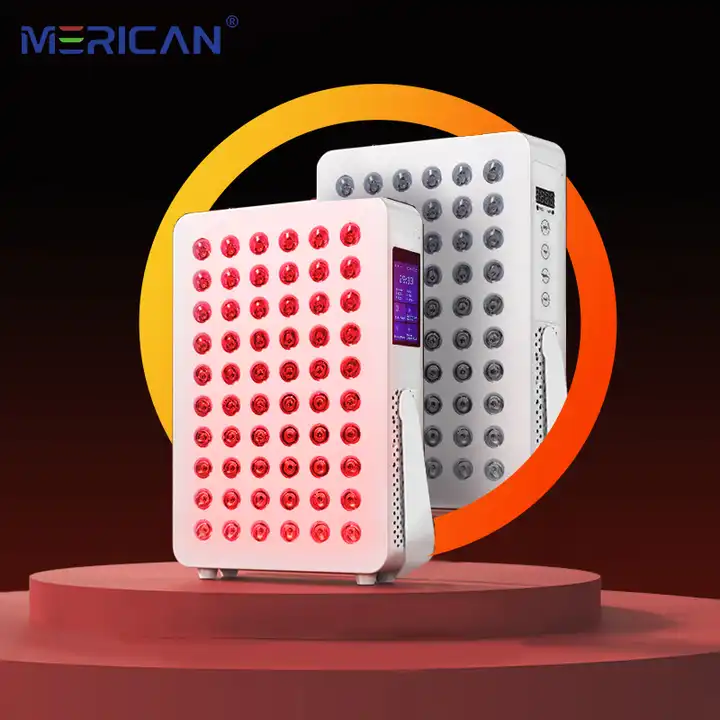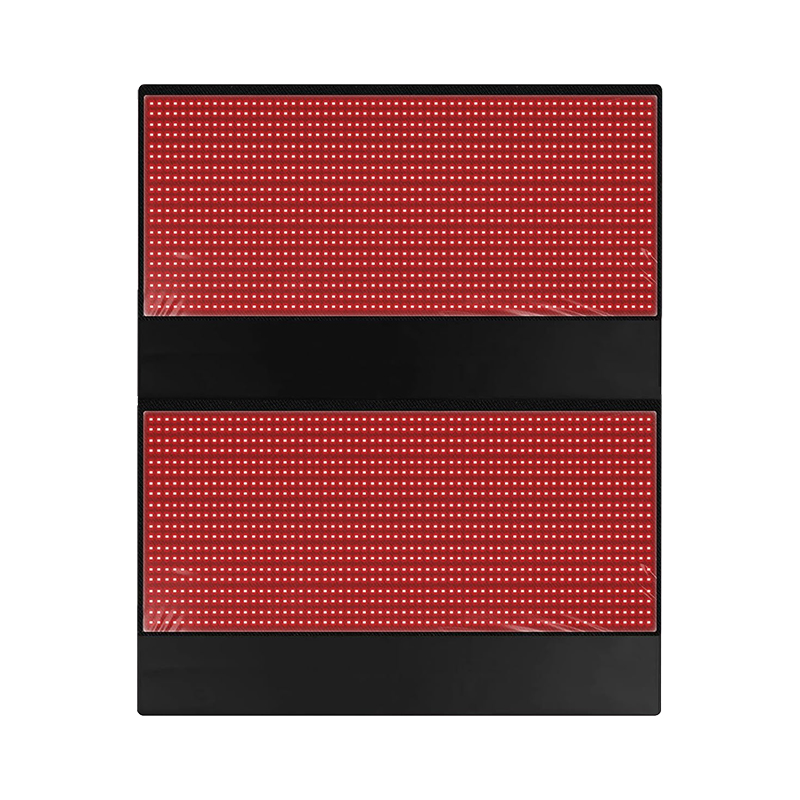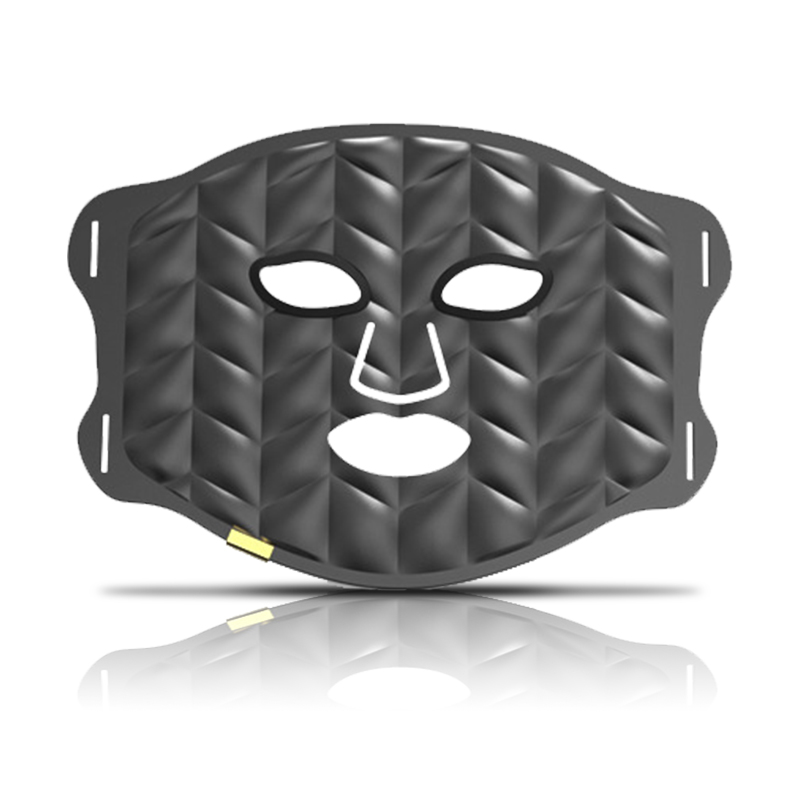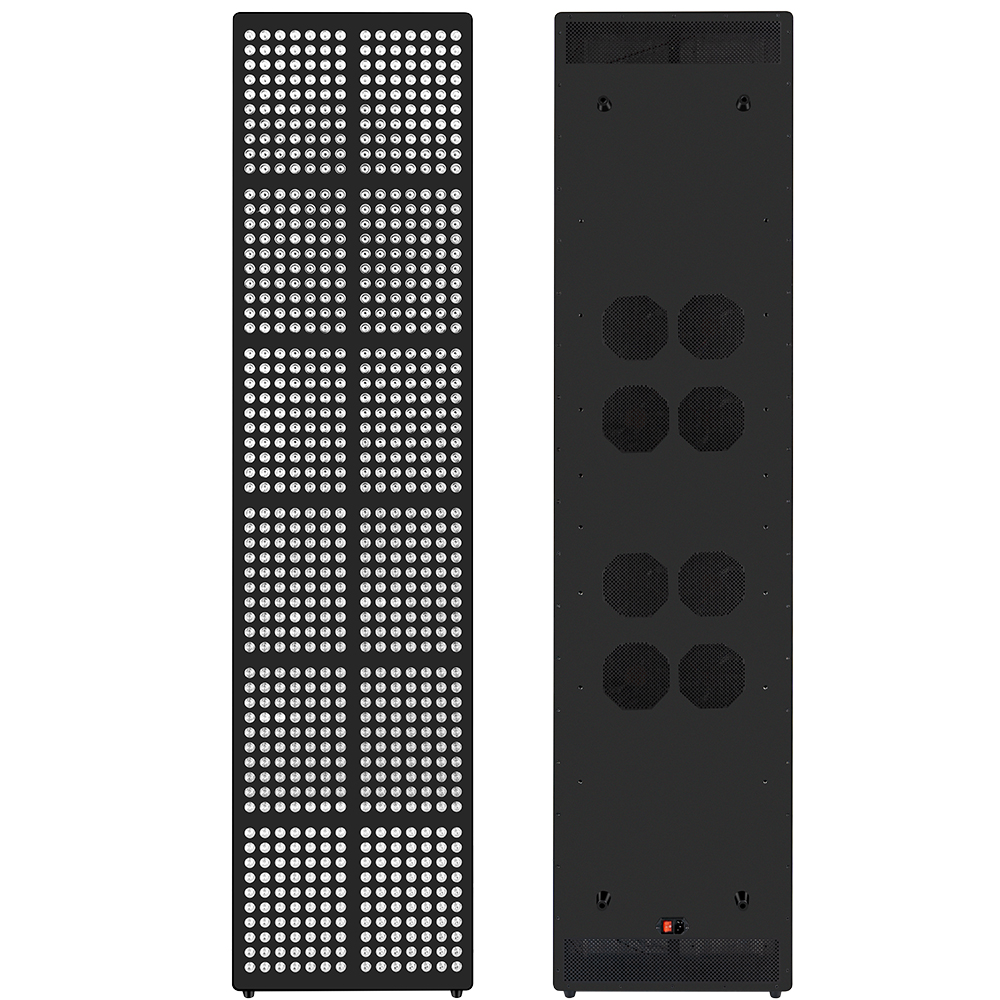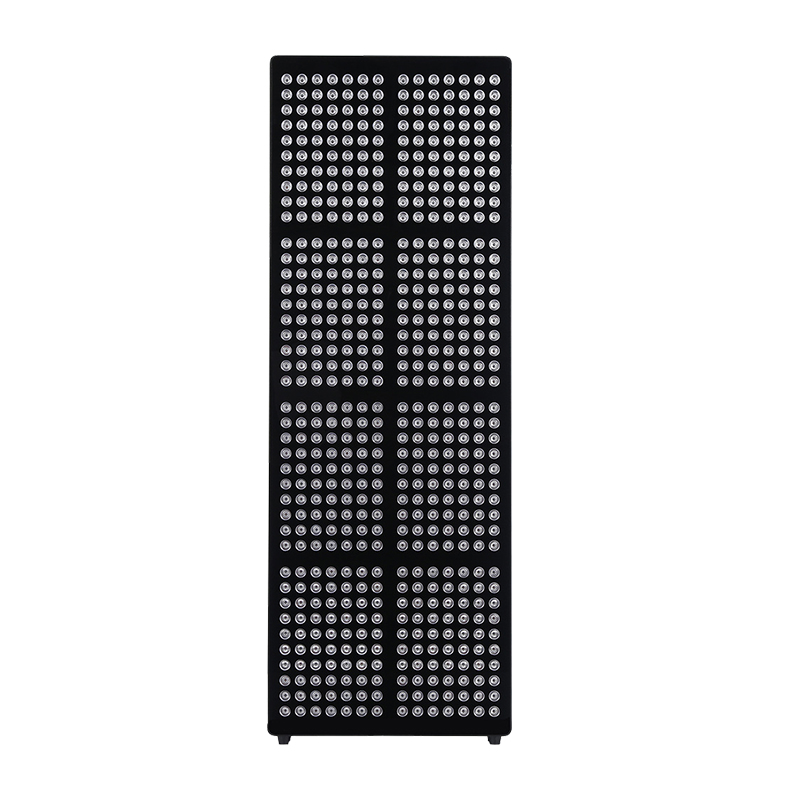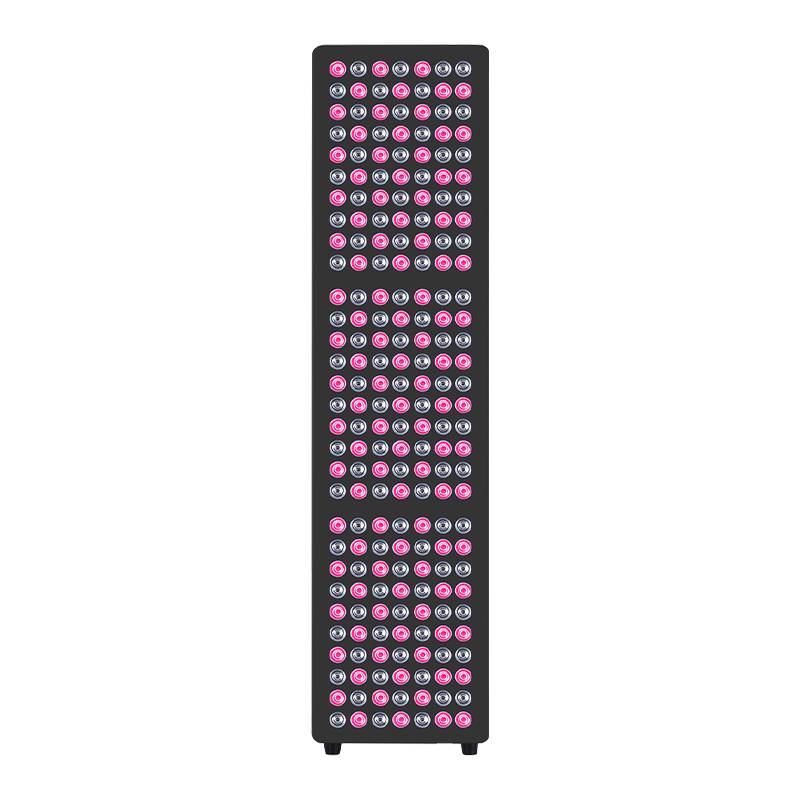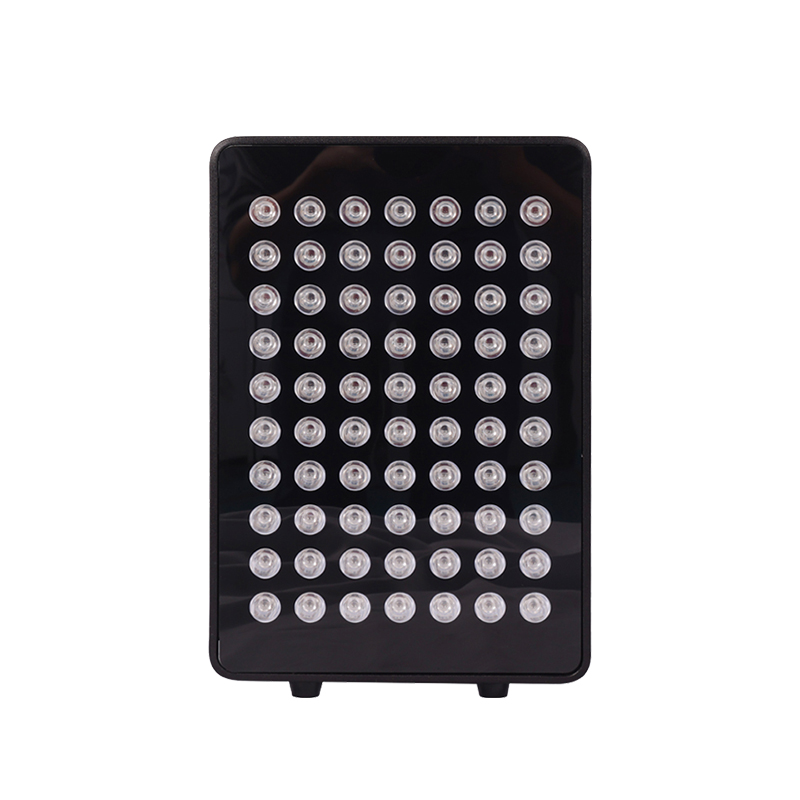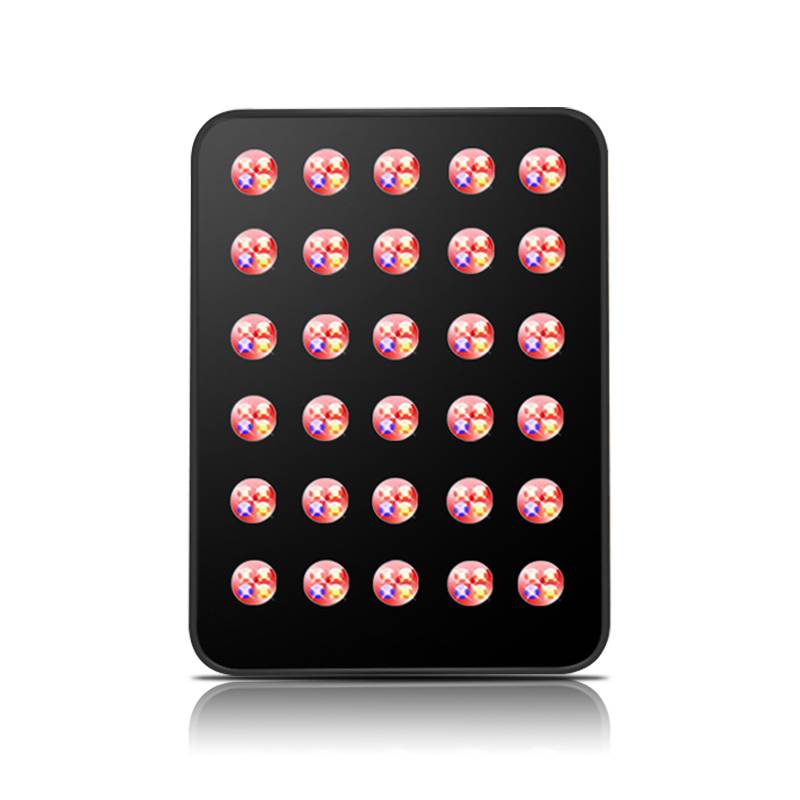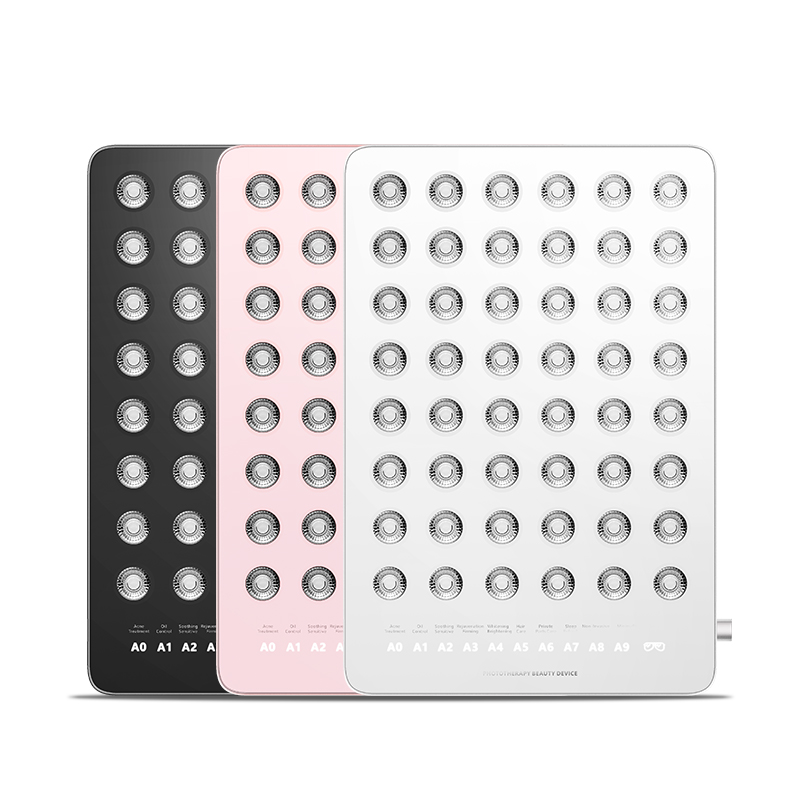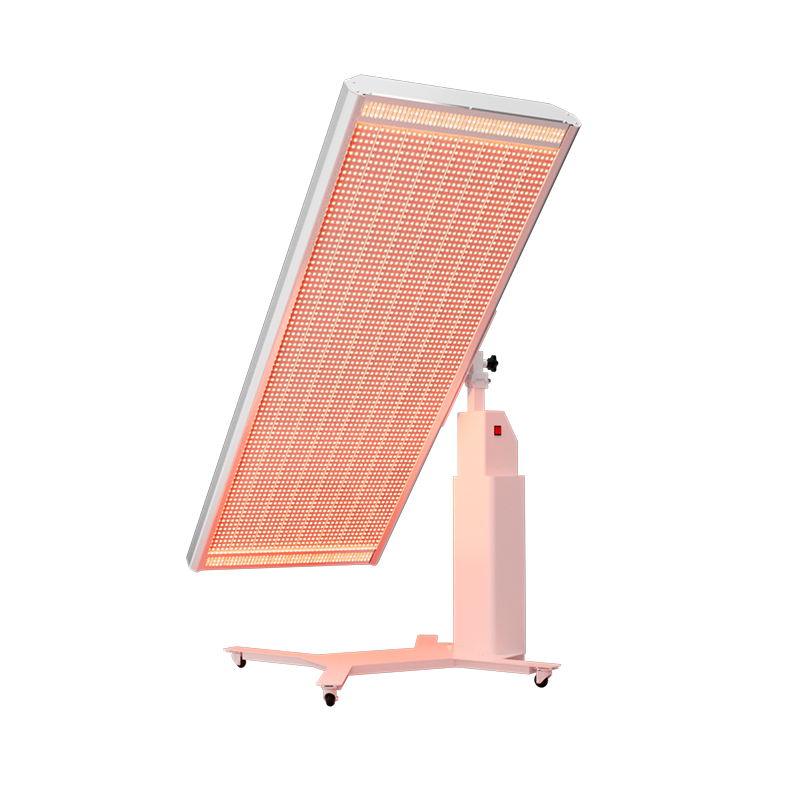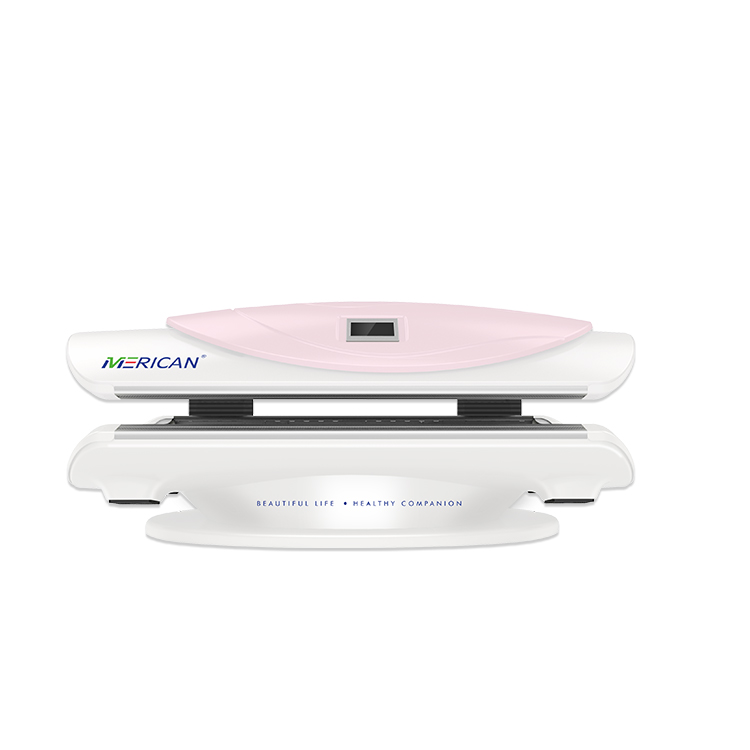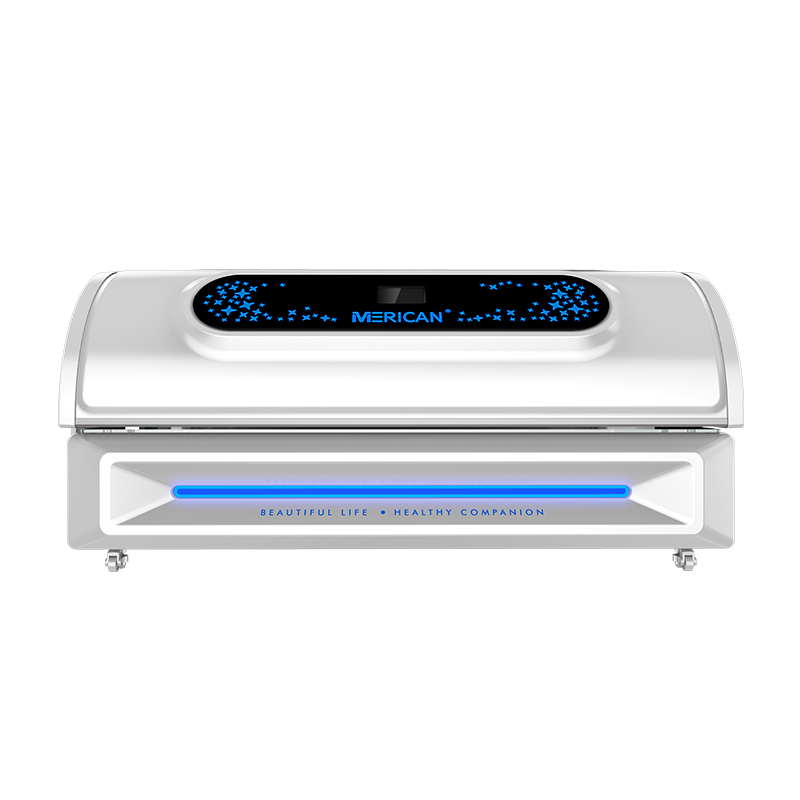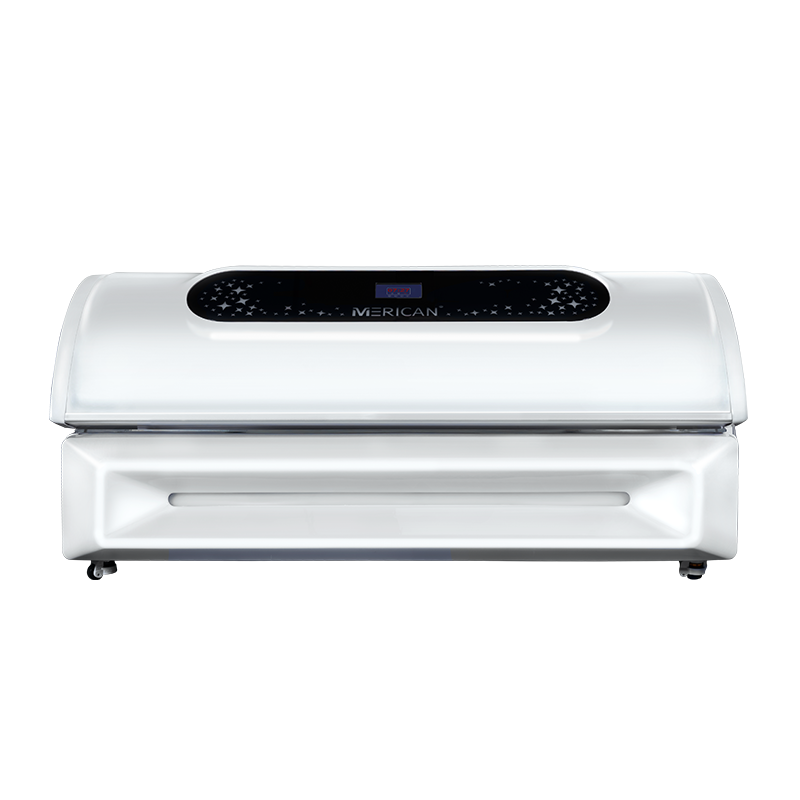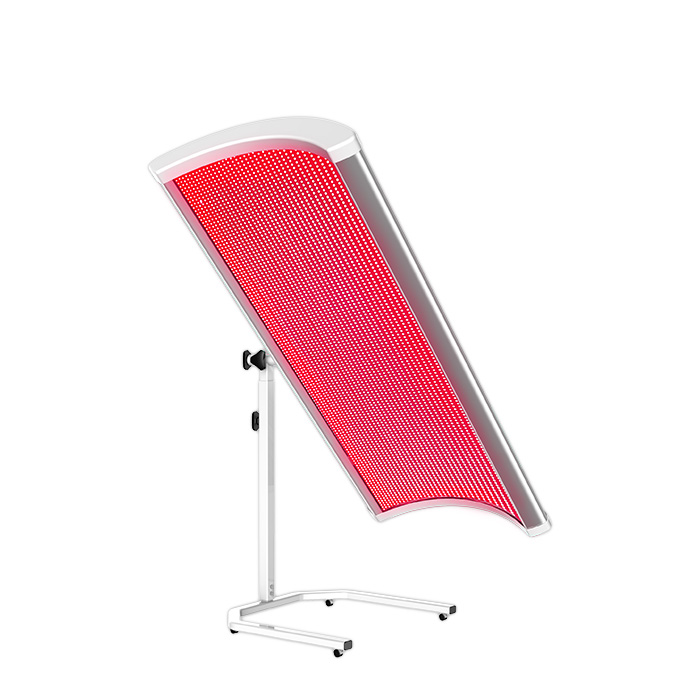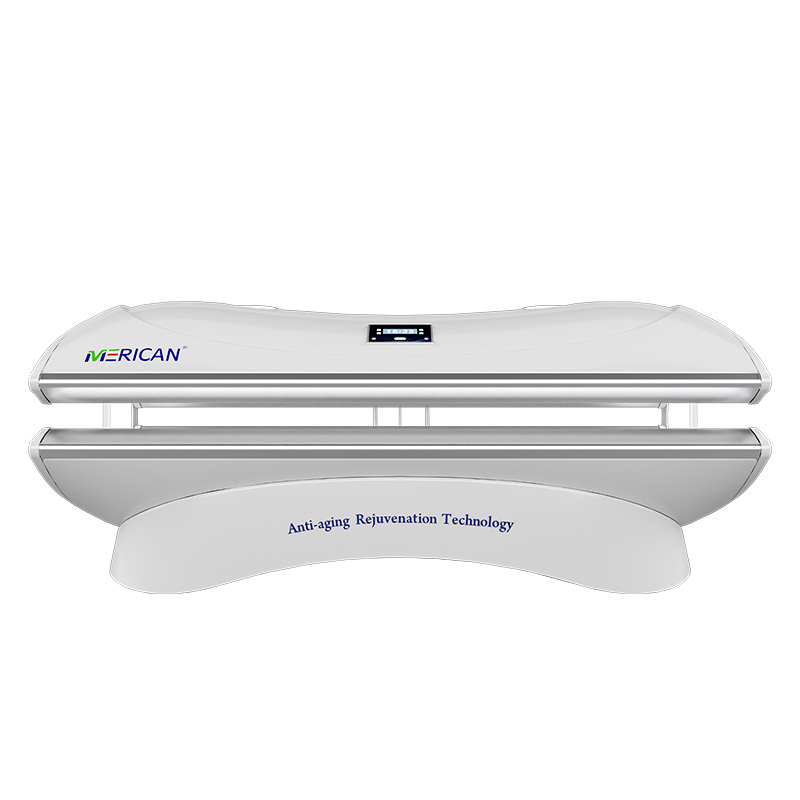Photobiomodulation (PBM), also known as low-level laser therapy (LLLT), can induce cell proliferation and enhance stem cell differentiation. Laser therapy is a non-invasive method that contributes to pain relief and reduces inflammation, parallel to the enhanced healing and tissue repair processes.
What Are The Benefits of PBM?
- It acts on the surface part of the human body, and there are few adverse reactions in the whole body.
- It will not cause liver and kidney metabolic dysfunction and normal human flora imbalance.
- There are many clinical indications and relatively few contraindications.
- It can provide rapid treatment for all kinds of wound patients without receiving too many examinations.
- Light therapy for most wounds is non-invasive and non-contact therapy, with high patient comfort.
- Relatively simple treatment operations and relatively low risk of use.
What Are the Generally Recommended Wavelengths?
Typically, red light therapy uses wavelengths in the 630-660 nm range and near-infrared around 850 nm, which are perfect for speeding up healing. These wavelengths help your body repair itself faster and reduce inflammation.
Keep reading to learn how this therapy can support your recovery! And there is a photo to make you clear.

633nm and 660nm (Red Light)
- Skin Rejuvenation: These wavelengths are known to stimulate collagen production, improve skin tone, and reduce the appearance of fine lines and wrinkles.
- Wound Healing: Red light at 633nm and 660nm has shown promising results in accelerating the healing of wounds and promoting tissue repair.
850nm (Near-Infrared)
- Deeper Tissue Penetration: The 850nm wavelength penetrates deeper into tissues, making it effective for addressing issues beyond the skin’s surface.
- Muscle Recovery: Near-infrared light at 850nm is associated with enhanced muscle recovery and reduced inflammation, making it valuable for athletes and those with muscle-related conditions.
940nm (Near-Infrared)
- Pain Management: Known for its ability to reach even deeper tissues, 940nm near-infrared light is often employed for pain management, offering relief for conditions like musculoskeletal pain and joint disorders.
- Improved Circulation: This wavelength contributes to improved blood flow, supporting overall cardiovascular health.
How Long Should You Do Photobiomodulation?
Usually applied by a doctor, therapist or technician, treatments take about 10 minutes and should be applied two or more times a week. Photobiomodulation has been used for many years on sports injuries, arthritic joints, neuropathic pain syndromes, back and neck pain.
As we delve deeper into the realm of light therapy, the combination of 633nm, 660nm, 850nm, and 940nm wavelengths presents a promising avenue for enhancing the body’s natural healing processes.
Whether you’re seeking skin rejuvenation, muscle recovery, pain relief, or overall well-being, this holistic approach harnesses the power of light to promote health at the cellular level.
Merican LED Light Therapy Bed M6N
Next, I would like to introduce you a PBM device which can be used at home, beauty salon, gym and other places. This is Merican LED light therapy bed m6n and the detailed information is as followed. Merican LED Light Therapy Bed M6N: 360-degree whole body light therapy bed, additional side cabin.

- The upper cabin has a concave design for a more ergonomic fit. The lower cabin is designed to lie flat, making the experience more comfortable. Deluxe commercial, high power, high efficiency, more space, larger and more uniform irradiation range.
- Scientific and complete electronic control system with timing, query, memory, remote control and other functions.
- Adopt imported ABS engineering plastics and aviation aluminum, light, safe and stable.
Merican provides professional OEM/ODM service for you, if you want to know more, please contact us or send email inquiry.

